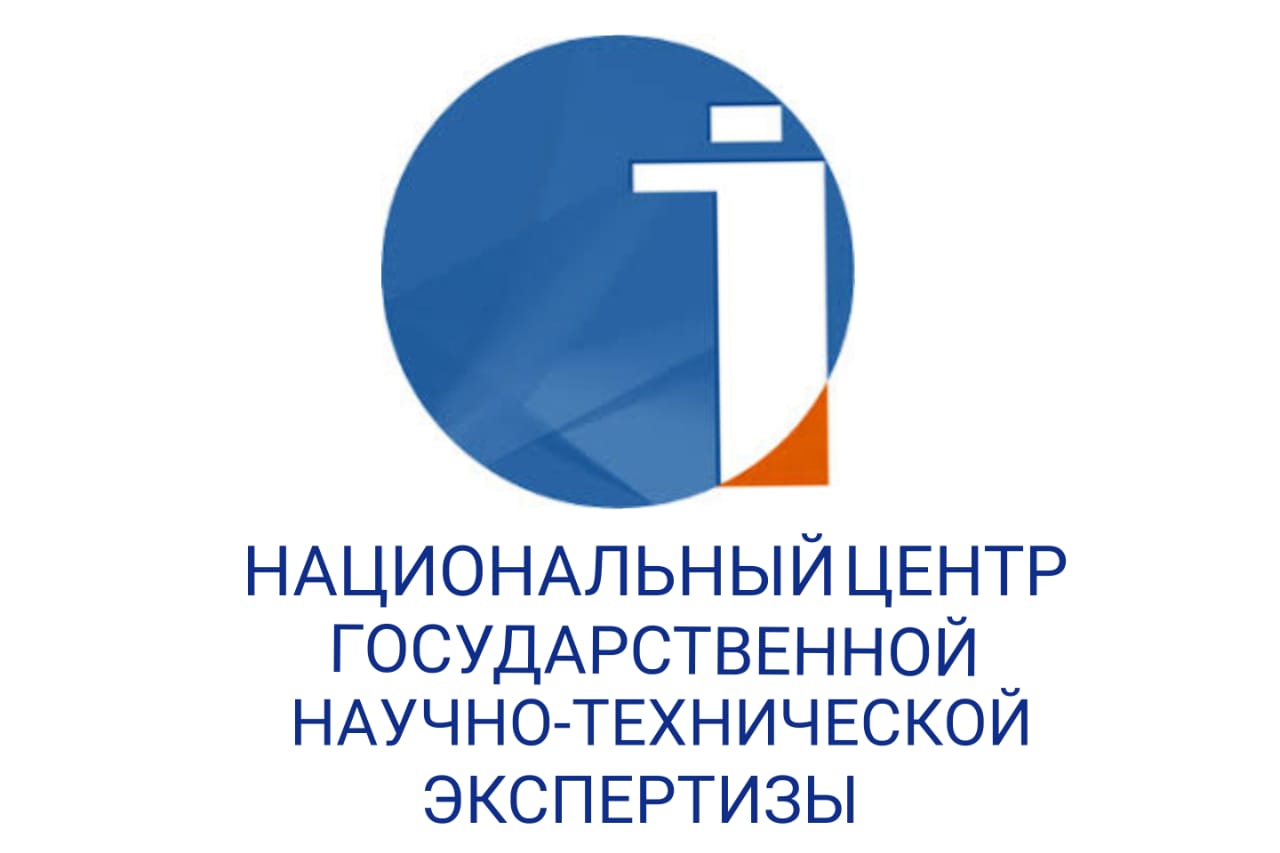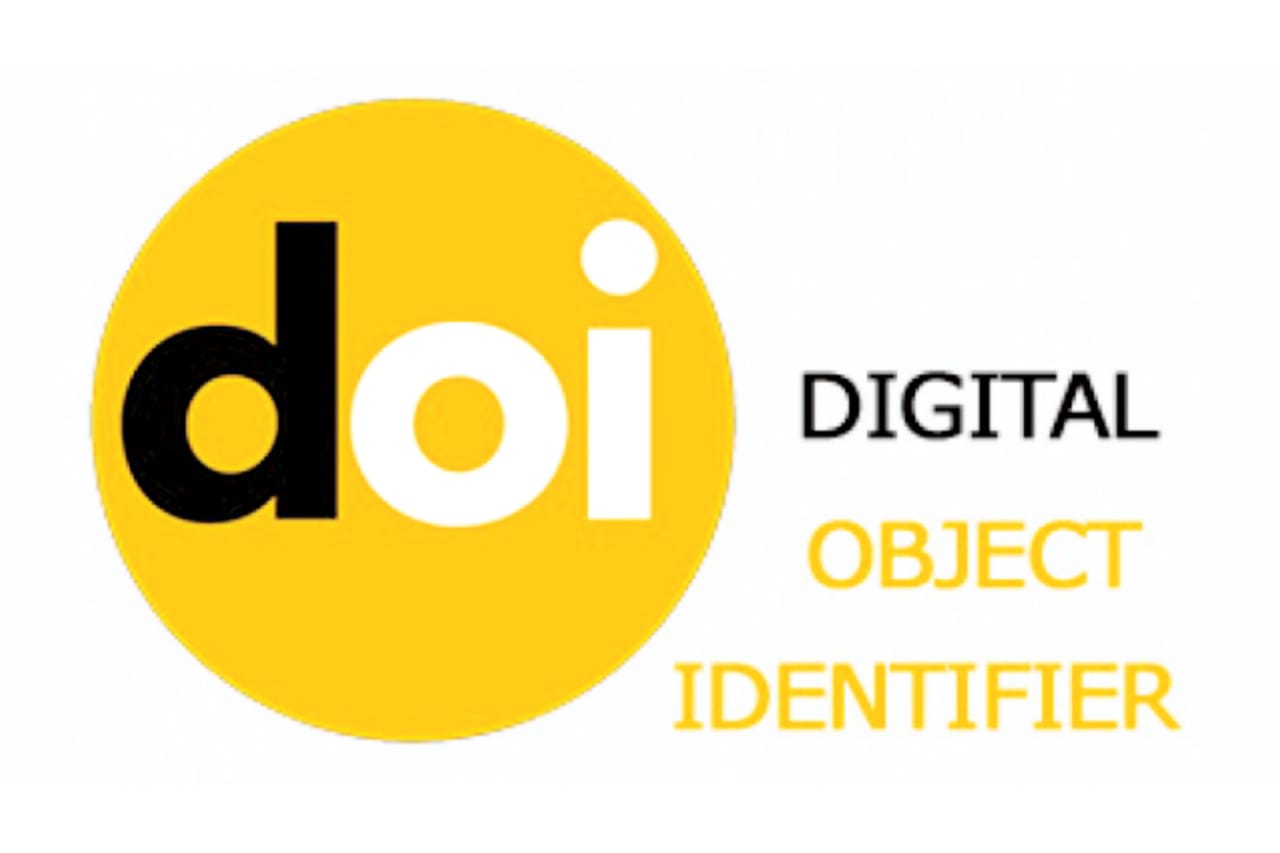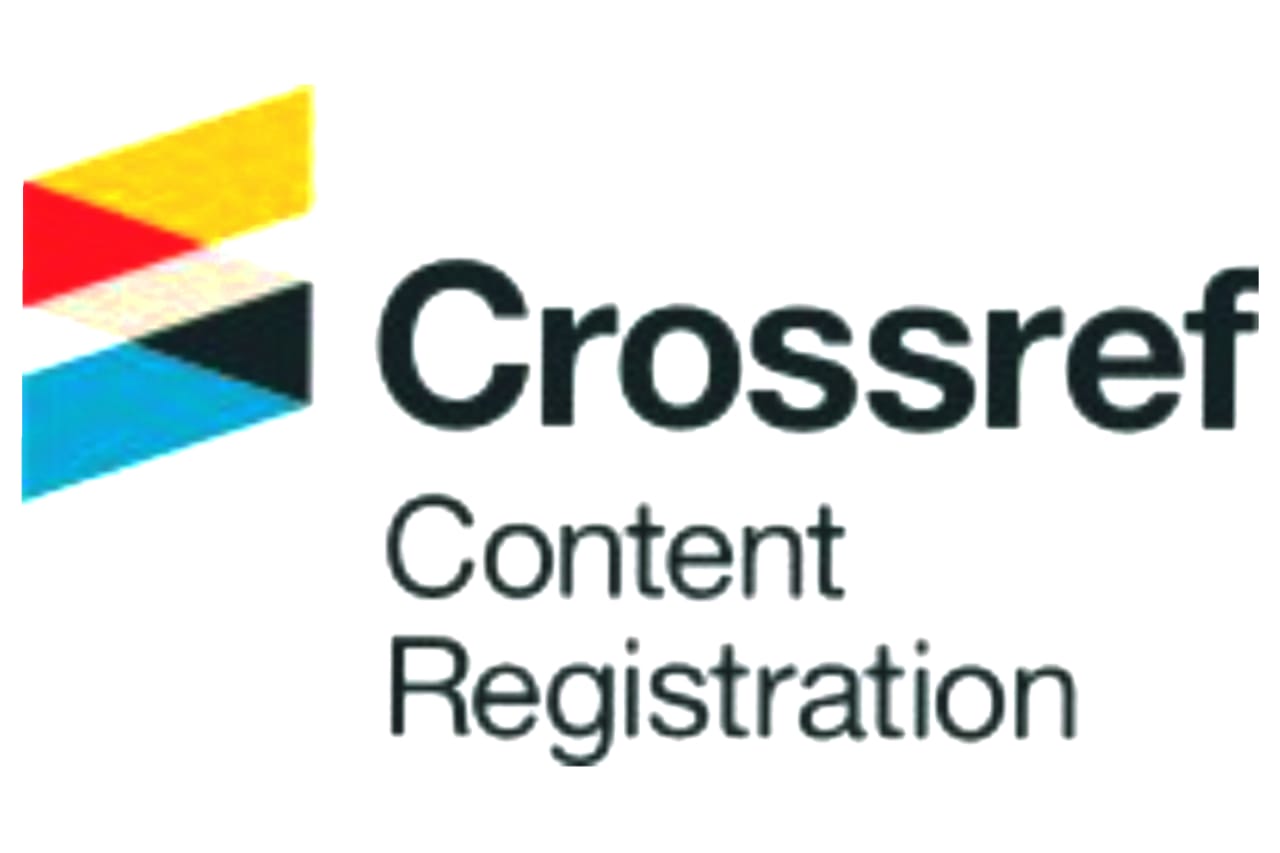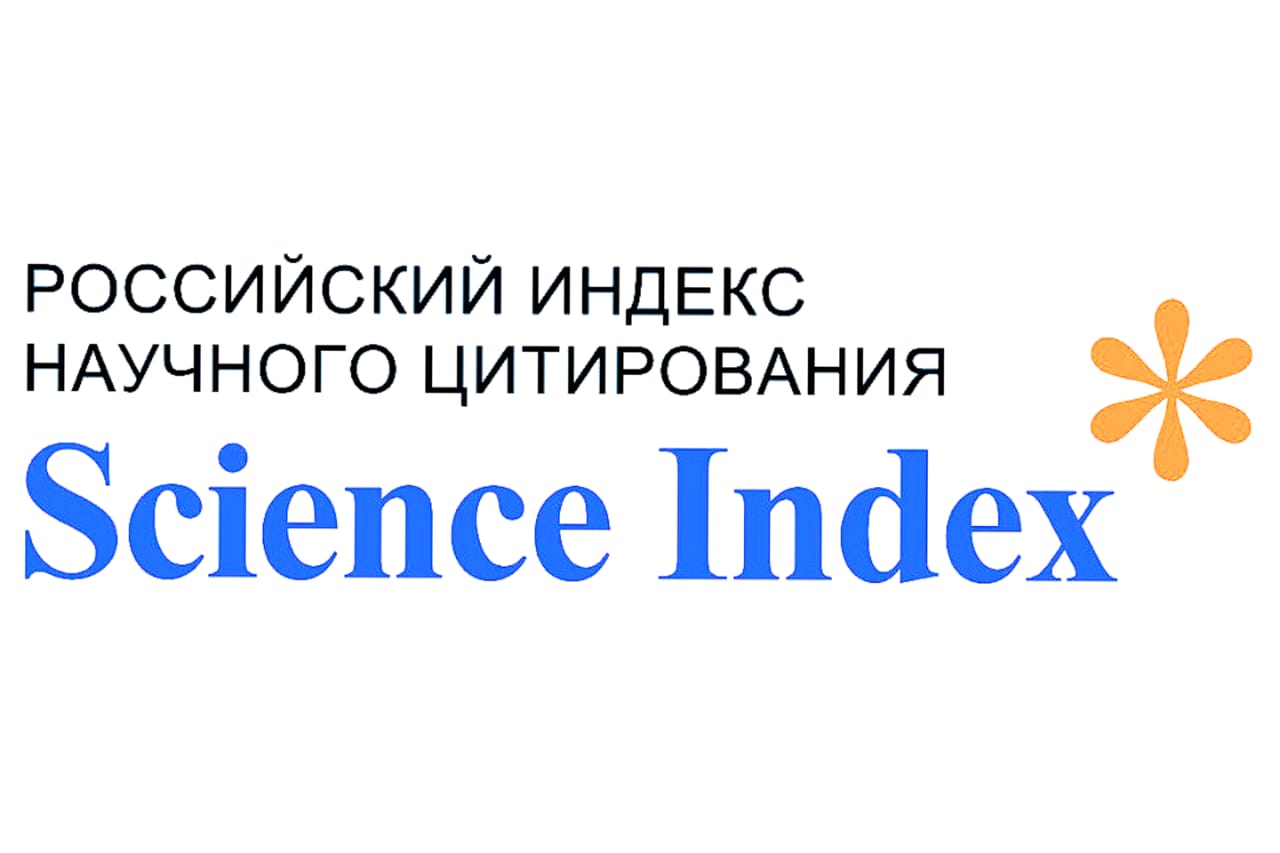Микрофлора фосфорсодержащих отходов южного Казахстана
DOI:
https://doi.org/10.26577//eb.2020.v82.i1.08Аннотация
В статье приведены результаты микробиологических исследований фосфорсодержащих отходов. Было выделено 70 изолятов, из них к бактериям было отнесено 36 изолятов, что соответствует 51% от общего количество выделенных микроорганизмов, 7 изолятов отнесено к актиномицетам (10%) и 3 культуры к дрожжам (4%), 24 изолята относят к микромицетам (35%). На основании скрининга микроорганизмов было отобрано 14 наиболее активных штаммов, перспективных для биогеотехнологических целей. На основании результатов изучения культуральных признаков и данных ПЦР-анализа выделенные штаммы были отнесены к таким видам микромицетов как: Aspergillus niger AsIA, Aspergillus tubingensis AsPN, Aspergillus terreus JOM, Aspergillus flavus AsZ, Aspergillus flavus AsF, к денитрифицирующих бактериям – Pseudomonas stutzeri NJA, к термофильным бактериям – Methyloversatilis thermotolerans MSO, Nitrosomonas europeae Nit1, Ralstonia pickettii ASA и Ralstonia pickettii TS, Acinetobacter sp. NAO, Alicyclobacillus tolerans ST (Sulfobacillus thermosulfidooxidans), Zoogloea resiniphila NS1, Gallionella capsiferriformans TS2, к ацидофильным бактериям – штаммы Acidithiobacillus ferrooxidans ThIO, Acidithiobacillus thiooxidans ThIO.
Ключевые слова: фосфорсодержащие отходы, микрофлора, ПЦР, Acidithiobacillus ferrooxidans, Aspergillus niger, Nitrosomonas europeae, Gallionella capsiferriformans, Sulfobacillus thermosulfidooxidans.
Библиографические ссылки
2013, Volume 82, No. 2, p. 212-217.
2. Rogatykh S.V. Primer systems used to identify representatives of the community of chemolithotrophic microorganisms of the Shanuch deposit (Kamchatka).July 4, 2018. DOI: 10.24411/1728-323X-2018-12060. № 2, 2018
3. Borra C. R., Pontikes Y., Gerven T.V. Minerals Engineering.Volume 76, Leaching of rare earths from bauxite residue (red mud). 15 May 2015, рр. 20-27.
4. Faramarzi MA, Stagars M, Pensini E, Krebs W, Brandl H. Metal solubilization from metal-containing solid materials by cyanogenic Chromobacteriumviolaceum. JournalofBiotechnology. 2004; 113:321-326.
5. Galfati I., Sassi A. B., Zaier A., Bourhardon J. L., Bilal E., Joron J. L., Sassi S. Geochemical Journal. Geochemistry and mineralogy of Paleocene–Eocene Oum El Khechebphosphorites (Gafsa–Metlaoui Basin) Tunisia.,2010, Vol. 44, pp. 189 – 210.
6. Haragobinda S, Ashish P, Dong JK, Seoung-Won L. International Journal of Chemical, Nuclear, Metallurgical and Materials Engineering. Comparison of Bioleaching of Metals from Spent Petroleum Catalyst Using Acidithiobacillusferrooxidans and Acidithiobacillusthiooxidans. 2013, 7: 499-503.
7. Haschke M., Ahmadian J., Zeidler L., Hubrig T. Procedia Engineering. In-Situ Recovery of Critical Technology Elements. “SYMPHOS 2015”, 3rd International Symposium on Innovation and Technology in the Phosphate Industry. 2016, 138: 248 – 257.
8. Don J. Brenner, Noel R. Krieg, James T. Staley and George M. Garrity.Bergey’s Manual of Systematic Bacteriology .Vol. 2.Springer.2004.
9. Vegas E.Z.S., Nieves B., Araque M., Velasco E., Ruiz J., Vila J. Outbreak of infection with Acinetobacter strain RUH 1139 in an intensive care unit // Infection Control and Hospital Epidemiology. – 2006. – Vol. 27. – P. 397-404.
10. Ibrahim H. A., E. M. El- Sheikh. Res. J. Chem. Sci. Bioleaching Treatment of Abu ZeneimaUraniferous Gibbsite Ore Material for Recovering U, REEs,Al and Zn. 2011, vol. 20111, no. Vol. 1, pp. 55–66.
11. Iqdari, A., Velde, B., Benalioulhaj, N., Dujan, S. C. and Yamine, N. C.R. Geoscience. ExchangeoflightrareearthforCainapatite. 2003, 335, 381–390.
12. Jahani S., Fatemi F., Firoz-e-zare M. A., Zolfaghari M. R. Electronic Journal of Biology. Isolation and Characterization of Acidithiobacillusferrooxidans Strain FJS from Ramsar, Iran. 2015, Vol.11(4): 138-146.
13. Jin H, Wang H., Li J. Chinese Journal of Rare Metals. Investigation on Ore Characteristics of RE-Bearing Phosphorite Deposit in Xinhua Gezhongwu Ore Zone. 2007, 31(3).
14. Jordan H, Sanhueza A, Gautier V, Escobar B, Vergas T. Electrochemical study of the catalytic influence of Sulfolobusmetallicus in the bioleaching of chalcopyrite at 70oC. Hydrometallurgy. 2006; 83: 55-62.
15. Kaibin F, Hai L, Deqiang L, Wufei J, Ping Z. Environ Geochem Health. ComparsionofbioleachingofcoppersulphidesbyAcidithiobacillusferrooxidans. 2014, 13: 664-672.
16. Kidder, D. L., Krishnaswamy, R. and Mapes, R. H. Chem.Geol. Elemental mobility in phosphatic shale during concretion growth and implications for provenance analysis. 2003, 198, 335–353.
17. Kulaksιz, S., Bau, M. Environ. Int. Rare earth elements in the Rhine River, Germany: First case of anthropogenic lanthanum as a dissolved microcontaminant in the hydrosphere. 2011, 37, 973–979.
18. Lavalle L, Giaveno A, Pogliani C, Donati E. Bioleaching of a polymetallic sulphide mineral by native strains of Leptospirillumferrooxidans from Patagonia Argentina. ProcessBiochemistry. 2008; 43:445-450.
19. Mishra D, Kim DJ, Ralph DE, Ahn JG, Rhee YH. Bioleaching of metals from spent lithium ion secondary batteries using Acidithiobacillusferrooxidans.Waste Management. 2008; 28: 333-338.
20. PiperD. Z., Bau M. American Journal of Analytical Chemistry. Normalized Rare Earth Elements in Water, Sediments, and Wine: Identifying Sources and Environmental Redox Conditions.2013, 4, 69-83 http://dx.doi.org/10.4236/ajac.2013.410A1009.
21. Reed, David W., Fujita, Yoshiko, Daubaras, Dayna L., Jiao, Yongqin, and Thompson, Vicki S.Bioleaching of rare earth elements from waste phosphors and cracking catalysts. UnitedStates: N. p., 2016. Web. doi:10.1016/j.hydromet.2016.08.006.
22. Saanthiya D, Ting Y-P. Use of adapted Aspergillus niger in the bioleaching of spent refinery processing catalyst. Journal of Biotechnology. 2006; 121:62-74.
23. Sadaqah R. M., Abed A.M., Grimm K. A., Pufahl P. K. Dirasat, Pure Sciences. The Geochemistry of Rare Earth Elements (REE), Yttrium (Y) and Scandium (Sc) in Some Upper Cretaceous Jordanian Phosphorites. 2005, Volume32, No. 1, p.32-47.
24. Schabenberger O, Pierce FJ. Contemporary statistical models for the plant and soil Sciences. CRC Press, BocaRaton, 2002, 442 р.
25. Wang J, Zhu S, Zhang Y, et al. Journal of Central South University. Bioleaching of low-grade copper sulfide ores by Acidithiobacillusferrooxidans and Acidithiobacillusthiooxidans. 2014, 21: 728-734.
26. Xia JI, Yang Y, He H, Liang CL, Zhao XJ, Zheng L, Ma CY, Nie ZY, Qiu GZ. Investigation of the sulfur speciation during chalcopyrite leaching by moderate thermophile Sulfobacillusthermosulfidooxidans. InternationalJournalofMineralProcessing. 2010; 94: 52-57.
27. Yang, F., Kubota, F., Baba, Y., Kamiya, N., Goto, M. Journal of Hazardous Materials. Selective extraction and recovery of rare earth metals from phosphor powders in waste fluorescent lamps using an ionic liquid system. 2013, 254, 79-88.
28. Zhou K., Yang J., Guo W. Environmental Earth Science. The Rare Earth Element Composition of Sediments from the Loess Tableland in the Liyang Plain, Southern China: Implications for Provenance and Weathering Intensity.2011, Vol. 62, No. 8, pp. 1609-1617. http://dx.doi.org/10.1007/s12665-010-0644-x .











